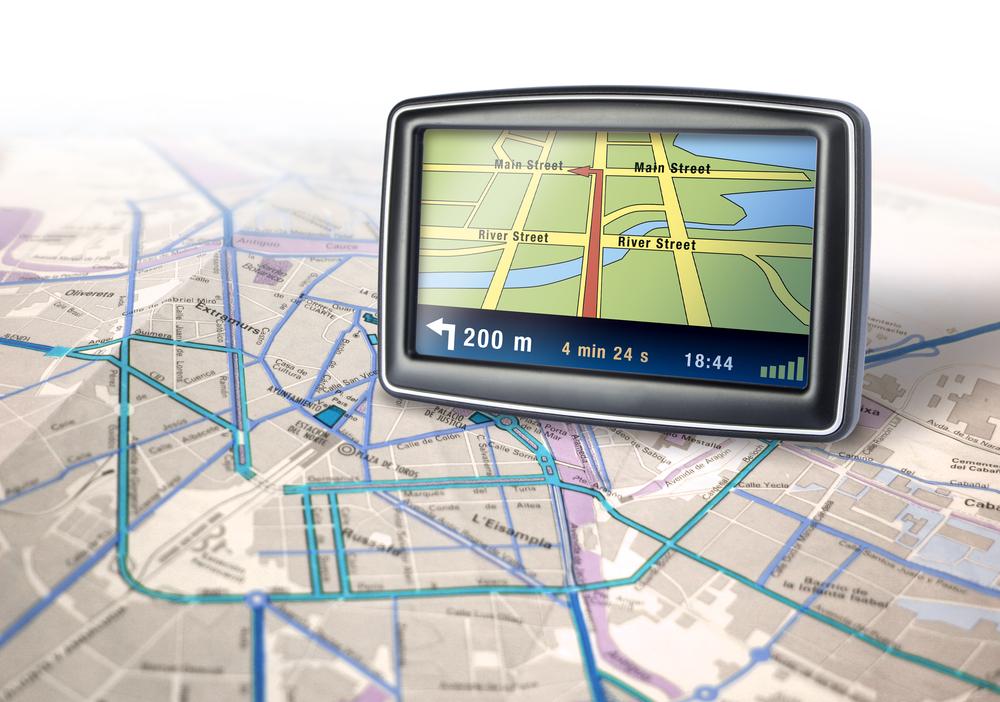Fleet tracking GPS systems- an overview
Fleet Tracking Systems, currently known as Fleet tracker GPS, are a typical application which demonstrate the versatility of IT solutions when coupled with GPS systems. There are fleet tracking systems to practically suit the individual owner of a few vehicles to large companies owning large number of vehicles operating over vast, inter and intra-state networks. There are two types of devices, passive which stores all the data, stores in the internal memory of the device and loads periodically.

All systems use the GPS, operated and maintained by the US government and one among the best. One can choose any of the systems like the Russian GLONASS, Europe’s Galileo or the Chinese BeiDou. Many choose GPS and GLONASS as the number of satellite covered increases the accuracy of location determination. The transit operators need some more facilities like on-time announcements of upcoming stops and other useful passenger information. Systems that cater to the transit operators provide these facilities.
Benefits of fleet tracker GPS
There are huge benefits to the fleet operators by using these applications. Information is power, and power is always an advantage. GPS tracking devices help the company know where their vehicles are in real time, where they were and where they will be in any future time. Rerouting can be done to improve the committed time lines if required. This allows the operators to update their customers about delivery of or picking up of their consignments. This improves the trust of the customer in the company, a very valuable asset in business. It helps monitor the driver’s driving habits and helps to comply with federal regulations and avoid penalties and also improve punctuality. The systems provide information like vehicle speed, traffic condition, engine conditions, precise time of arrival of vehicles at scheduled stations, driver’s medical aid and other critical requirements. They also help improve vehicle utilization, say by picking up unscheduled consignments or rerouting.
Other benefits are requirements of driver retraining, improve fuel efficiency, reduce maintenance cost, increase fleet availability by improved maintenance scheduling, and the list is endless. All these improve company reputation and bottom lines.















